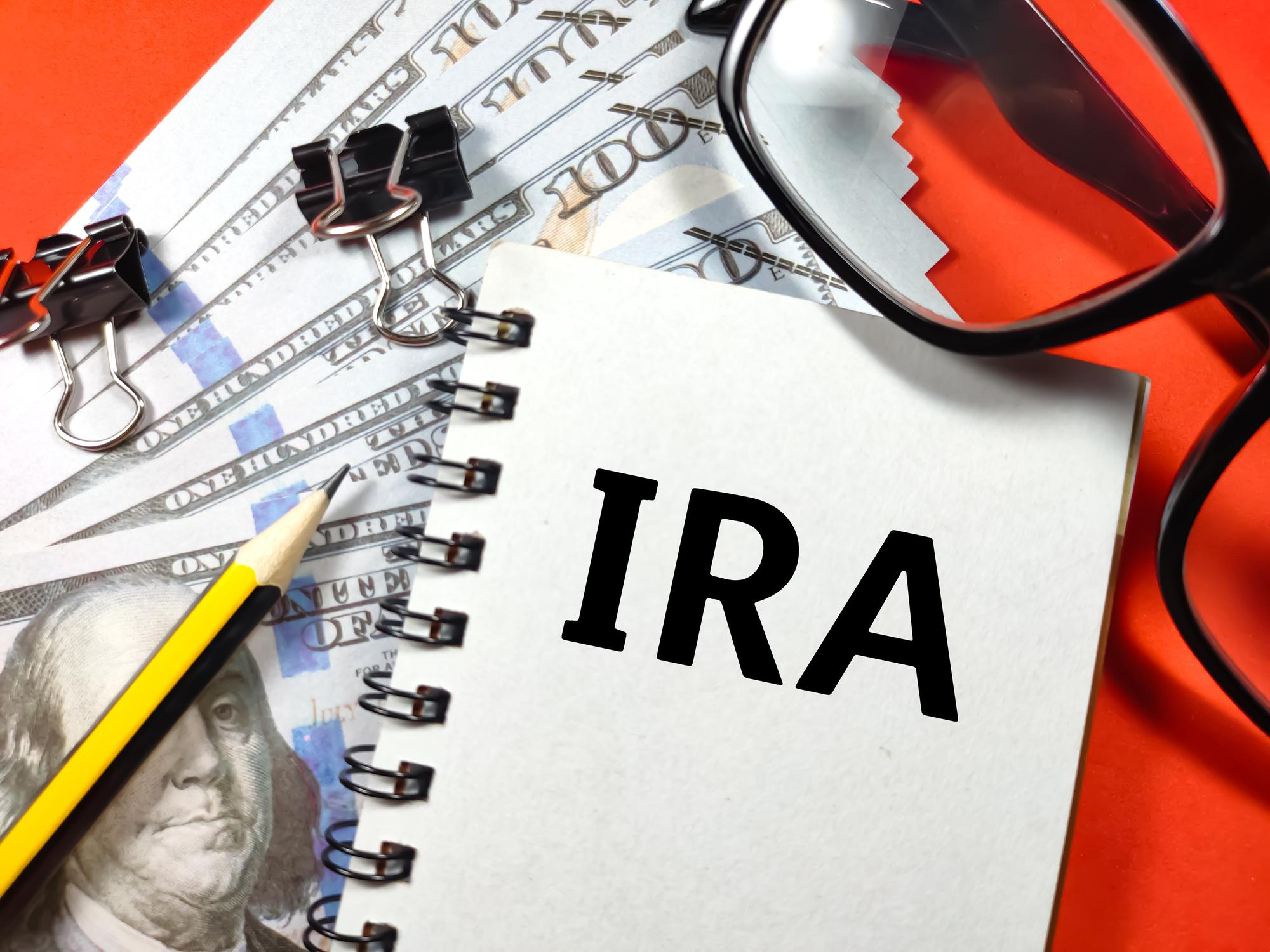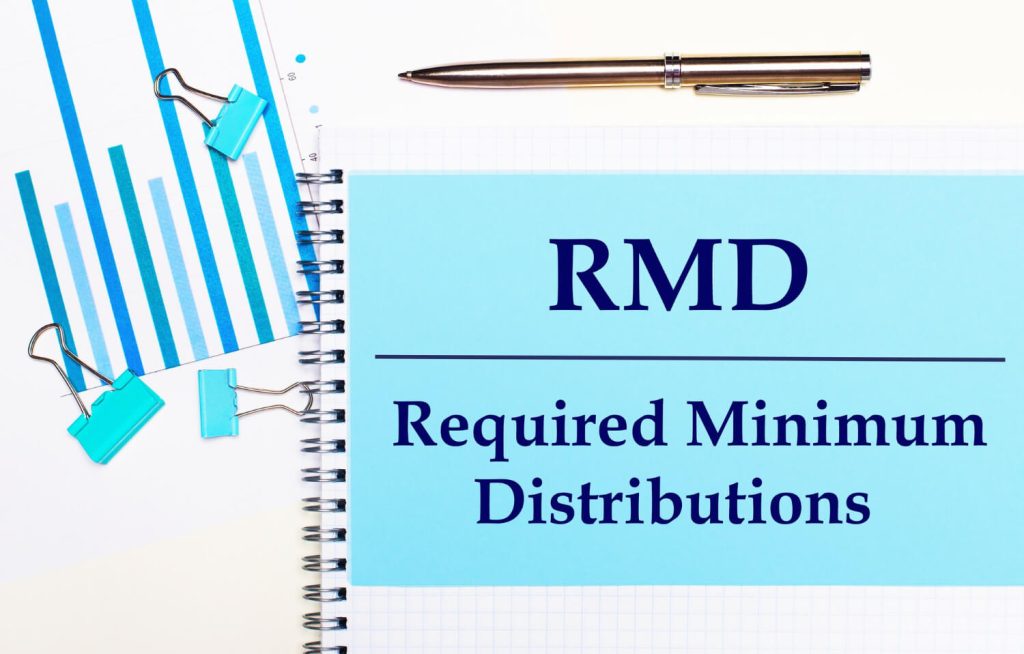
Inherited IRA Rule Changes
If you find yourself in a position where you recently came into possession of an inherited IRA, you might feel as though you’re at a crossroads filled with many planning tasks pertaining to estates, finances and taxes. According to IRS regulations instituted in 2020 (with significant updates later), the majority of beneficiaries who inherit IRAs must withdraw their portion of the IRA’s total value within a 10-year period.
The requirement to withdraw all funds within an IRA before 10 years pass is known as the 10-year rule. If you’re younger than 59.5 years old, you won’t be required to pay the 10% penalty, though you will need to pay income taxes on any distributions that are made until the account has been fully emptied. Furthermore, you will need to take the required minimum distributions (RMD) for the first nine years if the original owner of the IRA passed away after the date at which withdrawals must be made.
Changes to Inherited IRA Rules
Prior to the passing of the SECURE Act, heirs of inherited traditional IRAs were able to stretch the tax-deferring power of the account by basing the RMD calculations on their own life expectancy. This resulted in decades’ worth of tax-free asset appreciation, resulting in the value of the IRA increasing substantially as opposed to what happens now, which is that IRA values shrink due to RMD requirements.
This year, people are preparing for the IRS to publish the official list of regulations regarding how beneficiaries must go about the process of drawing down inherited IRAs. Until the regulations are released, the understanding is that beneficiaries must move their assets from the account of the original IRA and place them in a newly opened IRA with the beneficiary’s name on it. There are many rules that dictate how the new IRA must be treated, but the rules will depend on how the beneficiary is related to the deceased individual, as well as, the beneficiary’s age, illnesses or disability status.
Figuring Out Who Receives the Most Leeway
If you’re the spouse of the individual who died, you are allowed to treat the IRA as though it is yours. You would simply name yourself as the owner of the account.
Alternatively, you can roll it over into a new account, whether that’s an IRA or a qualified employer plan, like a 403(b) plan. As the spouse, you are the recipient of a unique privilege that permits you to treat yourself as the beneficiary of the plan. Somewhat similarly, those who are regarded as sole beneficiaries of a plan can also treat the IRA as if it is their own, but in doing so, these individuals might be required to take RMDs. Another possibility is a requirement that the beneficiary withdraw all of the money within 10 years.
Determining Other Beneficiaries Who are Exempt from the 10-year Rule
Once minor children of the IRA owner reach the age of majority, they are subject to the 10-year rule, but the owner’s minor children are exempt. Additionally, a beneficiary is also exempt if they are no more than 10 years younger than the IRA owner or plan participant and disabled or chronically ill, as defined by the IRS.
Sorting Out Responsibility in Specific Situations
If the original IRA owner did not take RMDs in the year of their death, it becomes your responsibility to ensure that the minimum has been met. Failure to do so will result in a penalty of 50% of the undistributed amount.
However, if the original account owner was not required to take distributions, you are not required to either. The decision of whether to minimize taxes or maximize cash distributions from the account should also consider whether the original account owner was required to take RMDs. These are all important considerations for recipients of an inherited IRA.
Beneficiary Options and RMD Requirements
As a designated beneficiary, you have the option to select the 10-year rule. Any type of IRA, including traditional, Roth, Simplified Employee Pension or SIMPLE, may be turned into an inherited IRA and is treated the same way. However, while Roth IRA owners do not need to take RMDs during their lifetimes, beneficiaries who inherit Roth IRAs must take them.
Most, but not all, beneficiaries will have a 10-year window in which to make withdrawals. In 2021 and 2022, RMDs from inherited IRAs were not required due to a regulatory reprieve, but it is likely that they will be required this year when the IRS issues its final rules.
If the account owner died before being required to begin taking RMDs, an undesignated beneficiary such as an estate or charity would generally be subject to a five-year window. When deciding how to take withdrawals, it is important to balance the legal requirements with the tax impact of withdrawals and the advantages of letting the money continue to grow over time.
This is just a summary. The rules are complex. As always, consulting a tax adviser for advice on taking distributions is recommended.
©The Law Network, P.C. 2023




Leave a Reply